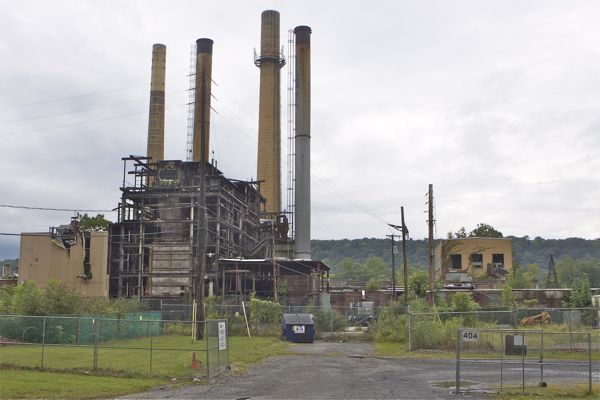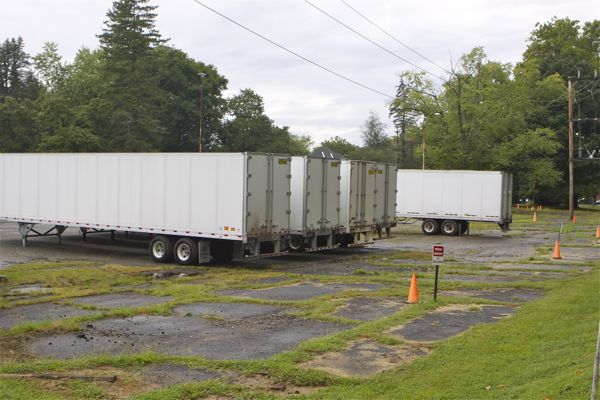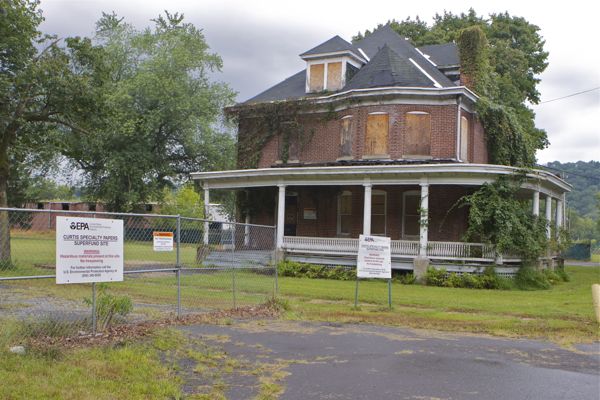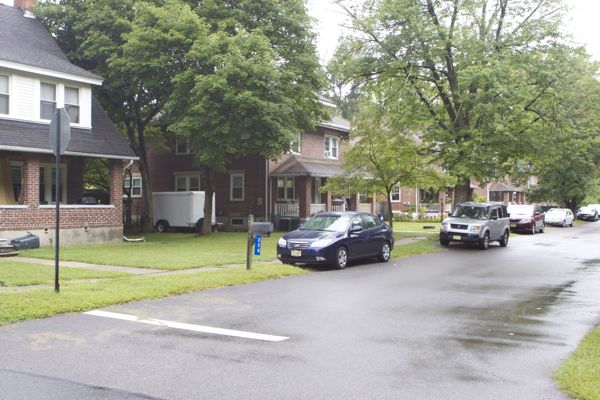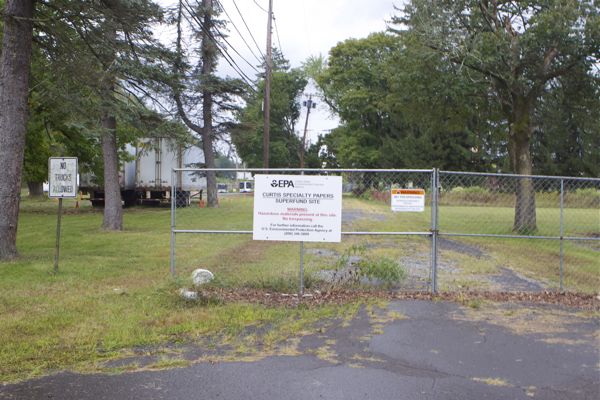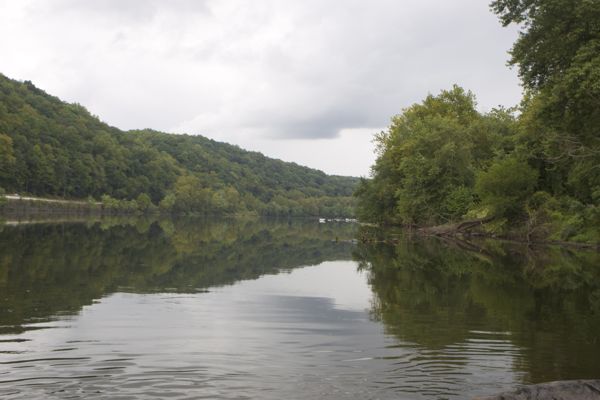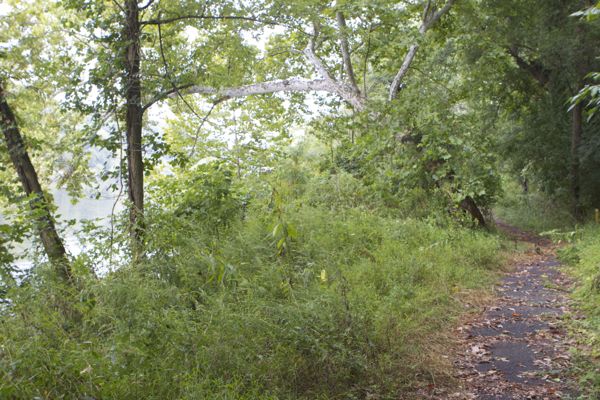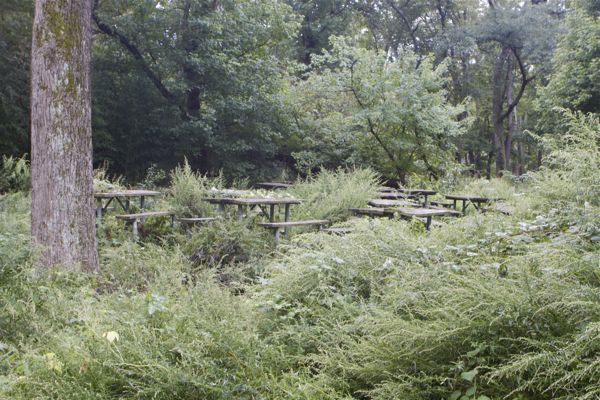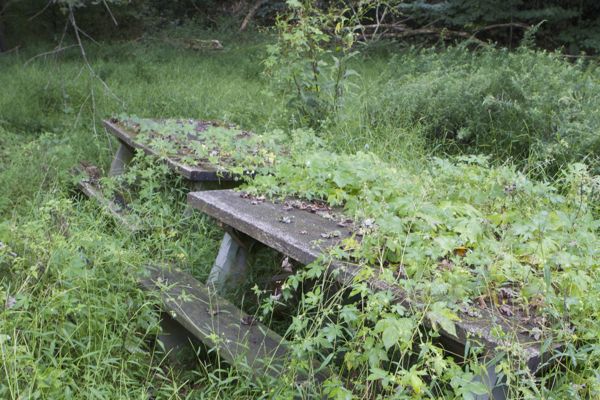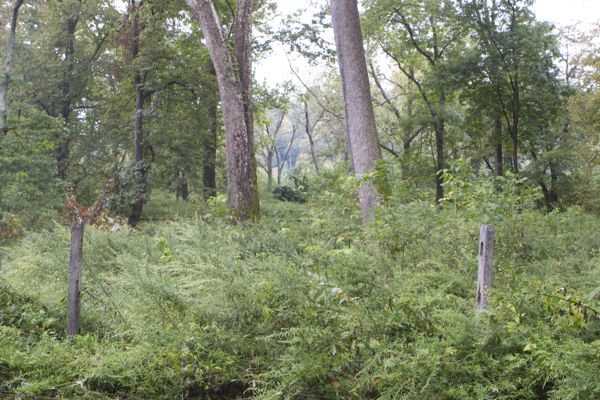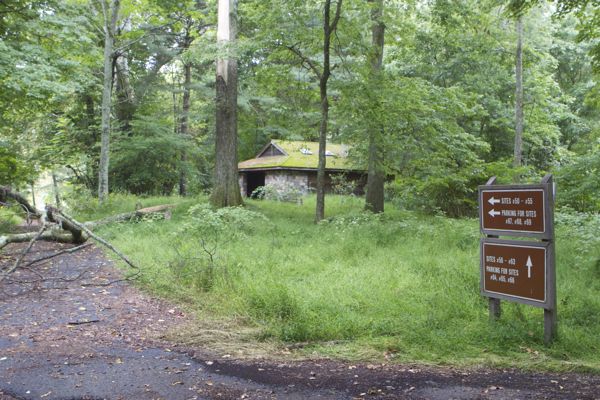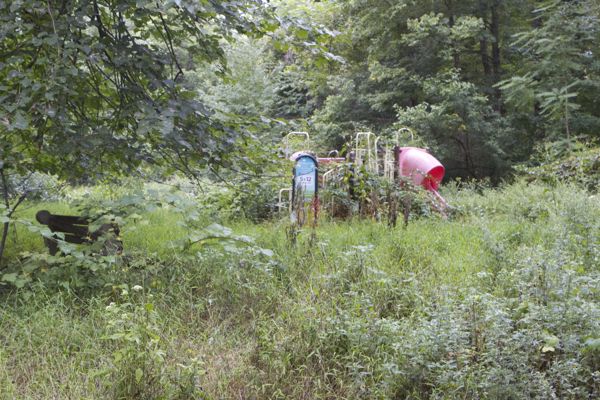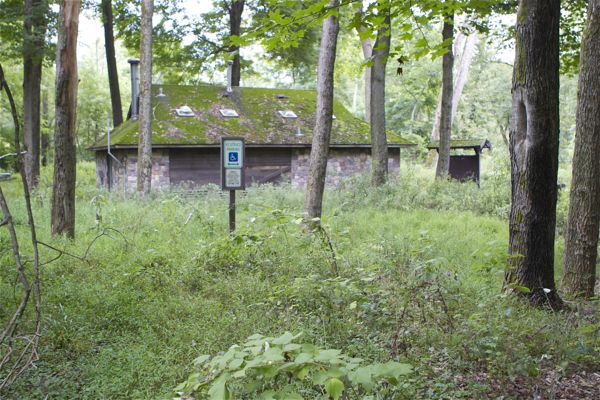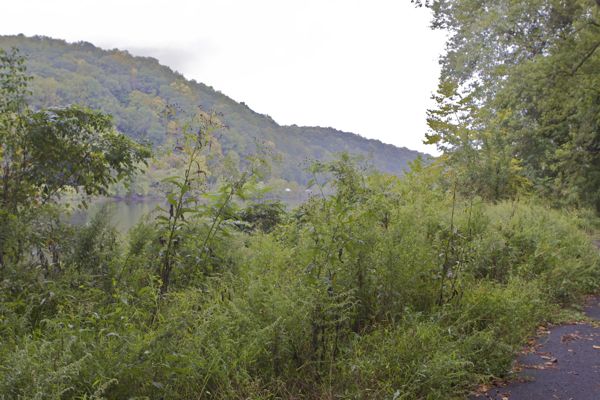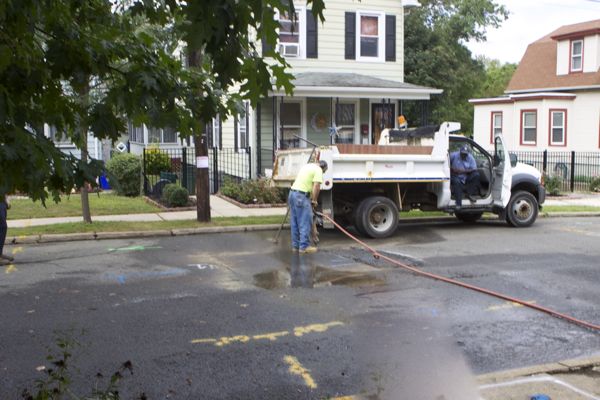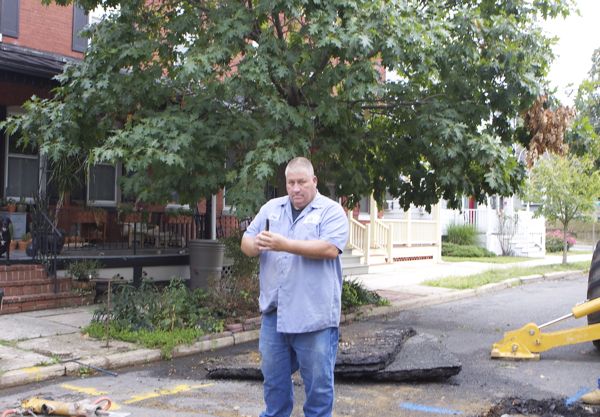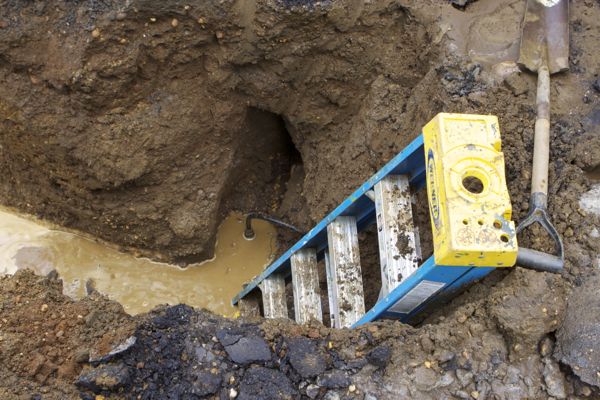FEMA Objects To Christie DEP Flood Hazard And Coastal Rule Proposal
Failure to meet minimum federal requirements may jeopardize federal funding and eligibility under National Flood Insurance Program
FEMA Joins EPA In Criticizing Proposal for Failure to Meet Federal Requirements
Will The Obama Administration Enforce Federal Law?
[Update: 9/23/15 – Tom Johnson at NJ Spotlight covers the story:
In a detailed July 31, 2015 comment letter (provided upon request), the Federal Emergency Management Agency (FEMA) filed strong objections to the Christie DEP’s 900+ page massive proposed new rules that would weaken existing flooding and water quality protections and promote development in hazardous locations, including extremely hazardous “V” wave zones and on piers in the Hudson river.
NJ League Of Municipalities warns “lower state standard” jeopardizes NFIP coverage
FEMA’s objections were shared by the NJ League of Municipalities, who wrote that the DEP rule could result in suspension from the federal flood insurance program:
The National Flood Insurance Program (NFIP) provides subsidized flood insurance to protect property owners. As a condition of eligibility however, participating municipalities must adopt local flood plain management measures to reduce or avoid flood damage. Properies located in a participating municipality , which do not have flood insurance, are denied both direct federal financial assistance (citation) and federally related financing by private lending institutions (citation). At present, 550 New Jersey municipalities participate in the program.
Participating municipalities must enforce their local flood plains (sic) management measures. Indeed, if “communities do not adequately enforce their flood plain management regulations, they can be placed on probation and potentially suspended from the NFIP (citation).
[…]
This may be an issue for some municipalities in reviewing applications to develop properties within V zones…. By creating a lower state standard, these regulations put great pressure pressure on local building officials ..
Consequently, we would ask that the proposed regulations be amended so that they are better aligned with the NFIP.
So, what that all means is that if a homeowner – unknowingly and with DEP and local approvals – were to build to DEP’s lax standards and suffer damage from a a future storm or flood, they might find themselves ineligible for flood insurance reimbursement.
Got it? How irresponsible is that?
The Christie DEP is recklessly putting life and property at risk, while duping homeowners, who have no way of understanding these regulatory risks.
The FEMA letter joins a letter by US EPA objecting to the Christie DEP proposal regarding potential violations of the Clean Water Act (see NJ Spotlight story on EPA objections).
FEMA Objections illustrate radical federalism policy reversal by Christie Administration
FEMA raised several concerns regarding the failure of DEP’s proposal to meet minimum federal requirements.
Historically, DEP regulatory policy has been that if a federal agency raises concerns about failure to meet minimum federal requirements, then the DEP responds to that federal concern and revises the proposal accordingly.
The Christie DEP has reversed that longstanding policy, and is flouting FEMA and EPA objections.
This conflict sets the stage for a battle with the Obama administration over the question of whether and how they will enforce federal law in NJ. See:
FEMA’s objections are not obscure technical “red tape” minutia – they involve major substantive issues that according to FEMA only address “the design of buildings in flood hazard areas“.
Here’s a list (excerpts only):
COMMENT #1
[proposed] rules do not include specific requirements for the location or protection of utilities and equipment that serve buildings, including electrical, heating, ventilation, plumbing and air conditioning equipment and other service facilities. Nor do existing rules require the use of flood damage resistant materials below the base flood elevation.
COMMENT #2
The rules use, but do not define, the terms “residential” and “nonresidential”. … The lack of clarity … complicates comparisons with NFIP dry flood-proofing requirements.
COMMENT #3
[The proposal] … allows construction or conversion of a building on a pier in the Hudson river. …The preliminary Flood Insurance Rate Maps identify V Zones in some areas along the shore of the Hudson River. Allowing new construction over water in Zone V is not consistent with the NFIP, which prohibits new construction of buildings in Zone V if located seaward of the mean high tide.
COMMENT #4
[The proposal – cite] has requirements for the construction of new habitable buildings. If the test for feasibility results in lowest floors lower than the Base Flood Elevation, then this is inconsistent with the NFIP ( additional complex technical comment on the lowest floor elevation – flood-proofing]
Comment #5
[The proposal – citation] is inconsistent with the NFIP in that there are no distinctions between Zone A and Zone V, coastal high hazard areas where wave heights are predicted to be 3 feet or more during base flood conditions. In addition, the rules are inconsistent with the NJ UCC, which also distinguishes requirements as a function of whether a location is in a coastal high hazard area or flood hazard area. The rule does not address NFIP specifics about foundation limitations in Zone V (e.g. pilings and columns and free-of-obstruction), does not require buildings in Zone V to be landward of the reach of the mean high tide, does not require the design of buildings in V zones to be certified by an architect or engineer, and the only use of the undefined term “breakaway walls” is in the definition of wet flood-proofing. In addition, the next addition of the NJ UCC is expected to have requirements for areas designated as subject to moderate wave action, which will create another inconsistency with the FAHCA rules.
These are not minor, particularly comment #5.
What was DEP thinking?
Given the League of Municipalities NFIP and EPA water quality objections – along with hundreds of public comments opposing a series of rollbacks – this proposal must be abandoned or vetoed by the Legislature as “inconsistent with legislative intent”.

